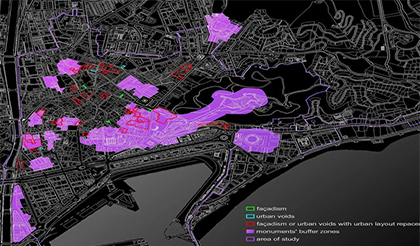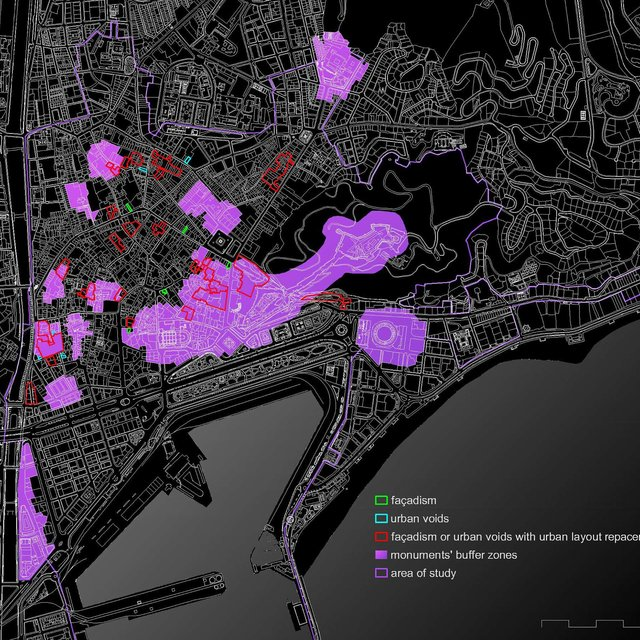


Urban voids are gaps, intentionally or accidentally left outside of the continuum of space, organization, power, representation, infrastructure, and control scope of the city. Urban voids are places where both capital and social management are no longer in existence. In 1995, Ignasi de Solà-Morales published "Terrain Vague", an article that launched widespread interest in the city's vacant areas within the design disciplines of the built environment (architecture, landscape architecture and urban design). He used the specific term "terrain vague" to refer to the kind of spaces that today are generically known as urban voids. Urban voids are part of the city, but they are located outside of its everyday use. They do not satisfy any functional need, and therefore, they are not part of the city's formal productive or entertainment system. While they are located inside cities, urban voids are separated from their surrounding environments, becoming seclusion spaces located outside of cultural norms. Due to this condition as exteriors to urban space, urban voids can be described as places outside of both capital and culture but have the possibility of becoming a new type of daily public space.

Edited and Translated by Zhang Yifei